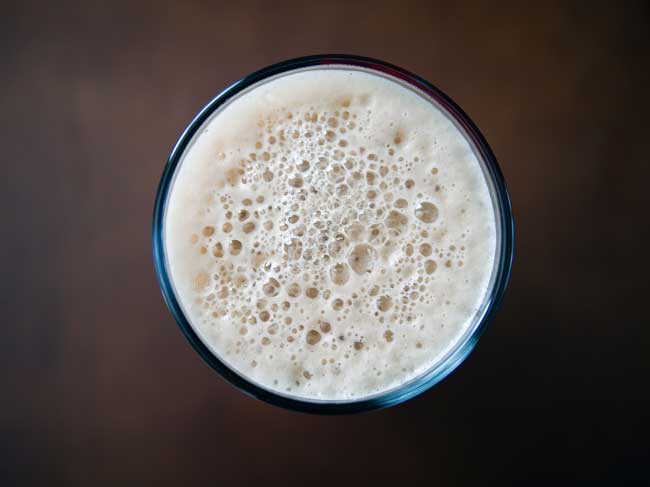“Never-before-seen Bladder Condition” Caused By Human Flora
University of Pittsburgh Medical Center Presbyterian Hospital came across an interesting anomaly when examining a 61-year-old woman for placement on the liver transplant waitlist. She was suffering from liver cirrhosis and diabetes, two diseases commonly associated with alcoholism and heavy alcohol use, and while she claimed that she rarely touched alcohol, her urine tests for alcohol were repeatedly positive.
Eventually, clinicians noticed that her urine test results for ethyl glucuronide and ethyl sulfate – the substances produced when alcohol is broken down, were negative. Her blood tests were also negative for ethanol, meaning there was no alcohol in her bloodstream. This led clinicians to take a closer look at her urine.
Come to find out – the woman’s bladder had become colonized with a strain of yeast called Candida glabrata, “a fungus that’s part of the normal human flora that’s closely related to brewer’s yeast.” This yeast essentially turned her bladder into a brewery when the sugar in her urine, a symptom of her poorly controlled diabetes, paired with the yeast created an ideal situation for fermentation and the production of alcohol.
“I think the biggest reason for the patient to develop this condition is her poorly controlled diabetes because the bladder environment with high levels of glucose is definitely an optimistic condition for the growth and activity of the yeast,” study author and Associate Professor of Pathology Kenichi Tamama told IFLScience.com.
While this is the first known case of “urinary auto-brewery syndrome” or “bladder fermentation syndrome,” similar symptoms have been documented in the digestive system. In these instances, however, alcohol enters the bloodstream, causing the sufferers to report feeling tipsy and “foggy-headed”, but also resulting in nausea, vomiting, impaired sensations, memory blackout, and even loss of consciousness.














